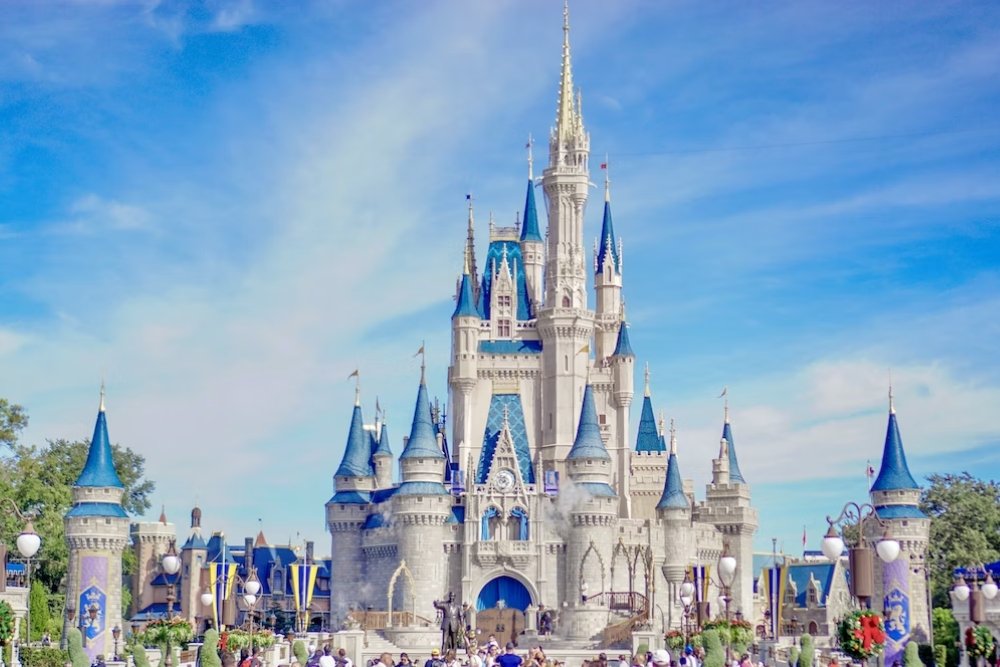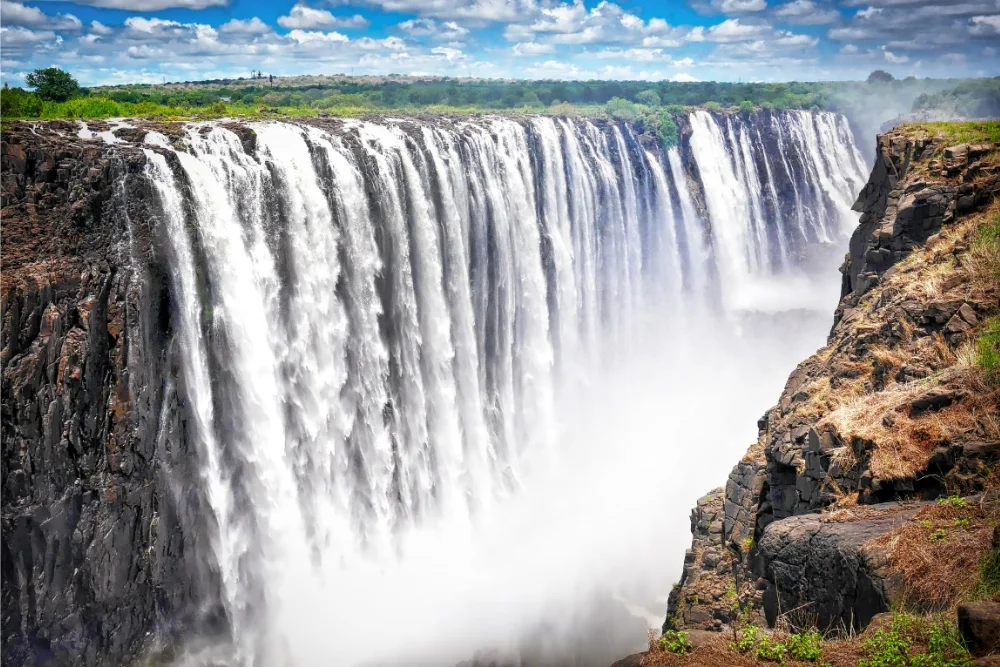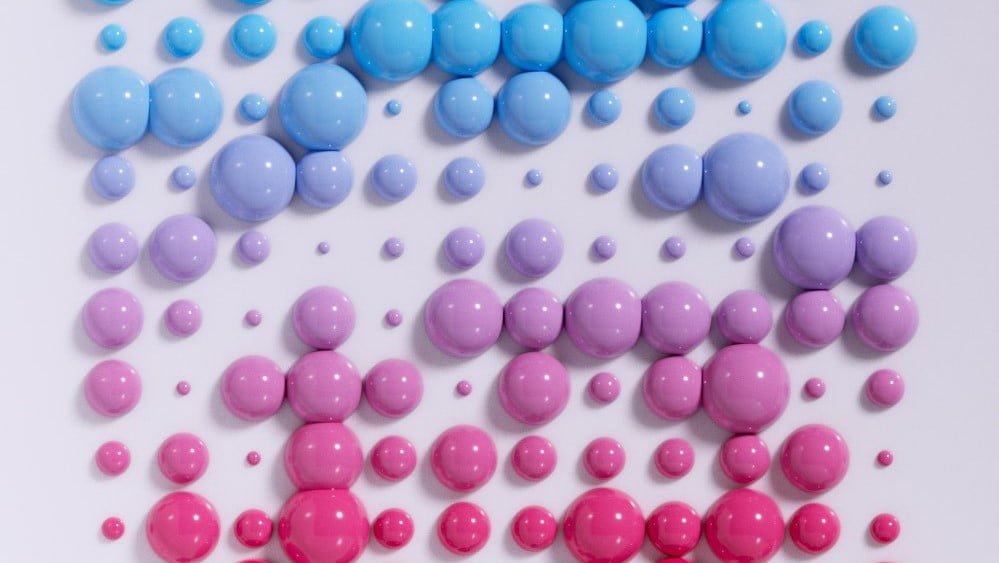As you walk through the Esther Woerdehoff Gallery, you are immediately struck by the monumental size and intricate details of Michael Wesely’s ‘Stilleben.’ This new exhibition features the German photographer’s latest series exploring the brief and fleeting moments of everyday objects and scenes. Wesely is renowned for his prolonged exposures that can last for days, weeks, or even months, revealing an almost meditative quality and seeing beyond the surface of the mundane.
In ‘Stilleben,’ Wesely turns his large-format camera to capture the slow decay and gradual transformations of fruit, flowers, and other perishable subjects. The resulting images provide an almost abstract glimpse into the invisible dramas of time and nature unfolding before our eyes.
This exhibition is a rare opportunity to experience Wesely’s masterful craft firsthand through these powerful and poignant photographs. Let the details wash over you, and embrace the beauty in impermanence. The impression left by this exhibition is one of timelessness – a reminder that though all fades, some moments can be made eternal through the lens of an artist.
About the Artist: Michael Wesely’s Unique Photographic Process
Michael Wesely is known for his large-scale landscape photographs that capture the transient effects of time. His works in the Stilleben exhibition explore the temporary nature of still lifes through a unique process.
Wesely uses a large-format camera to take photographs over an extended period, ranging from a few hours to several months. The resulting images reveal changes undetectable to the human eye in real time – the gradual wilting of a flower or the slow decay of fruit. His prolonged exposures fuse moments usually separated into a single visual experience, condensing the fleetingness of time into a physical form.
Wesely keeps the camera’s shutter open for the shoot to achieve this effect. Due to the long exposure times, Wesely must work in shallow light conditions to avoid overexposing the film or digital sensor. The lack of light also means that Wesely cannot see through the viewfinder when framing and must compose the shot before opening the shutter.
The extended temporal duration of Wesely’s photographs gives still lifes a paradoxical quality of constant change and eternal stasis. Although the objects remain stationary, their material transformation becomes visible through prolonged exposure.
By capturing life’s transience and translating it into a permanent medium, Wesely prompts the viewer to contemplate the passage of time and the metamorphoses of the familiar. His poetic photographs reveal the quiet dramas of fading and decay surrounding us daily.
Inside the Exhibition: An Overview of ‘Stilleben’
Upon entering the gallery, you are first struck by the minimalism of Wesely’s still lifes. Simple vases, bowls, and other ordinary objects are sparsely arranged throughout the space. However, peering closer, one notices a quiet depth and richness emerging from within.
The Long Exposure Technique
Wesely is renowned for his mastery of long-exposure photography. Using a large format camera, he opens the shutter for days, weeks, or even months, allowing light to etch itself onto the film over an extended duration slowly. The resulting images have a softened, almost dreamy quality as the prolonged exposure blurs the boundaries between light and shadow.
Ephemerality Captured
This exhibition features Wesely’s still lifes, depicting transient objects and scenes from nature. Delicate floral arrangements and fruit bowls are captured, their fleeting beauty frozen in time. Yet there remains a sense of the brief. Petals are blurred, colors muted, as if we are viewing but a memory of what once was.
The minutiae of change becomes evident. Buds open, petals fall, fruit ripens and decays. By paradox, Wesely has seized the brief and made it perpetual, demonstrating how still lives can pulsate with as much vitality as any living organism.
Themes and Concepts: Impermanence and Decay in Wesely’s Work
Michael Wesely’s large-format photographs in the exhibition ‘Stilleben’ capture the gradual decay and impermanence of floral still lifes over time.
The Passage of Time
Wesely is known for his time-lapse photographs that compress weeks or months into a single image. For ‘Stilleben,’ he applied this technique to still lifes, photographing the same arrangement of flowers continuously over several days.
The resulting images visualize the transient nature of the subjects as the flowers slowly wilt, petals drop, and water evaporates. These time-lapses illuminate the constant fluctuations in the works and remind the viewer of the inevitability of change and decay.
Life and Death
The project explores the themes of life, death, and the passage of time. The still lifes are comprised of cut flowers, objects that were once alive but have been removed from their source of sustenance.
Although visually vibrant at first, the flowers have been sentenced to a slow death as they cannot absorb water and nutrients. Wesely’s prolonged exposures turn this usually invisible process into a visual metaphor for human mortality and the temporary nature of all living things.
The Medium is the Message
Wesely’s choice of the still life genre is significant, as floral still lifes have traditionally represented themes of abundance, beauty, and the cycle of life. However, his time-lapse technique subverts the usual message of the medium. Instead of capturing the subject at the peak of its beauty, he unveils its gradual decay and inevitable demise. The resulting photographs are poignant memento mori, reminding us that the beauty we seek to preserve will ultimately slip through our fingers.
Through his probing time-lapse explorations of floral still lifes, Wesely evocatively reminds us of the transient nature of life and the futility of our attempts to arrest time. His photographs in ‘Stilleben’ call us to appreciate each short moment before it fades away.
Standout Pieces: Highlights from the Show
Several pieces of Wesely’s series “Stilleben” stand out as particularly impactful. His long-exposure photographs capture the ephemeral nature of scenes often overlooked.
Two compelling pieces feature classical still-life arrangements.
| “Stilleben mit Blumen und Früchten” (Still Life with Flowers and Fruit) | In “Stilleben mit Blumen und Früchten,” objects like a vase of flowers, a bowl of fruit, a candle, and a book are rendered in a blurred, almost impressionistic style. The 144-hour exposure transforms the static setup into a ghostly afterimage as if the items are disintegrating before the viewer’s eyes. |
| “Stilleben mit Gläsern” (Still Life with Glasses) | It depicts an assemblage of clear glassware and a carafe filled with an amber liquid. The long exposure has distorted the glass objects into spherical and oval shapes, some with double contours. The resulting photograph straddles the real and abstract. |
Wesely also turns his lens onto more mundane scenes with transformative results.
| “Fenster” (Window) | In “Fenster,” a curtain billows in a breeze during the 396-hour exposure. The fabric undulates in frozen ripples, like a wave suspended in time. |
| “Tür” (Door) | It captures a nondescript doorway over 432 hours. The extended exposure reduces the door to a mere impression, with only the brass doorknob still faintly visible, like a relic of what once was. |
The show serves as a meditation on the brief and fleeting nature of objects, scenes, and moments in time. Wesely’s masterful long-exposure photographs transform the familiar into the surreal and the concrete into the ethereal. His still lifes and vignettes leave a lasting impression of environments in flux.
A visit to the Esther Woerdehoff Gallery to experience Wesely’s ‘Stilleben’ exhibition firsthand offers a chance to appreciate the artist’s masterful use of photography to convey time and its fleeting nature.
By slowing down and observing the details in each photo, one begins to notice subtleties that represent the brief in the everyday. Wesely’s work invites contemplation and reflection, allowing the viewer to see the world anew through manipulating time in a still image.






